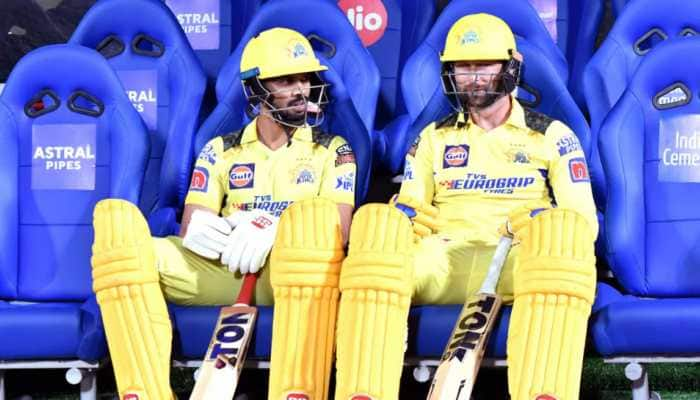Delhi striving to treat all waste water before it enters Yamuna: CM Arvind Kejriwal
The fully automatic STP can treat 70 million gallons of wastewater a day and is currently undergoing a trial run.
- The fully automatic STP can treat 70 million gallons of wastewater a day
- The work on Coronation Pillar STP was sanctioned in December 2018
- The 34 STPs located at 20 locations across Delhi can treat up to 620 MGD of sewage
Trending Photos
) File Photo
File Photo New Delhi- Delhi Chief Minister Arvind Kejriwal on Monday inspected the country's largest sewage treatment plant (STP) at Coronation Pillar here and said his government's aim is to treat all the wastewater before it is discharged into the Yamuna.
The fully automatic STP can treat 70 million gallons of wastewater a day and is currently undergoing a trial run. "We have promised to the people of Delhi that we will clean the Yamuna before 2025. Working in that direction, we will treat all the wastewater before it flows into the river," he said.
The work on Coronation Pillar STP was sanctioned in December 2018. The STP is equipped with state-of-the-art phosphate and nitrogen removal facilities and designed to treat wastewater to new standards (biological oxygen demand and total soluble solids less than 10 mg per litre).
Areas which will benefit from the plant include Shakti Nagar, Kamla Nagar, Roop Nagar, DU Campus, Nehru Nagar, Swaroop Nagar, Bhalaswa, Sant Nagar and Wazirabad group of colonies. ALSO READ: Markets lose early gains; Sensex tumbles 185 points in choppy trade
Delhi generates around 770 MGD of wastewater. The 34 STPs located at 20 locations across Delhi can treat up to 620 MGD of sewage and have been utilising around 90 per cent of their capacity. The rest of the untreated sewage falls into the river directly.
Government data shows that only eight out of the 34 operational STPs in the capital meet the prescribed standards for wastewater (BOD and TSS less than 10 mg per litre). Together, they can treat 150 million gallons of wastewater a day.
Stay informed on all the latest news, real-time breaking news updates, and follow all the important headlines in india news and world News on Zee News.
Live Tv







)
)
)
)
)
)
)
)
)
)
